Araneidae — Orb WeaversArgiope protensa Australian Golden Orb Weaver Garden Orb Weaving Spider Ordgarius magnificus Speckled Orbweaver (Araneus circulissparsus)
The Orb-weaver spiders are members of the family Araneidae. They get their common name of “orb” (an English word that means “circular”) from the shape of the web. The group have eight similar eyes, hairy or spiny legs, and no stridulating (sound making) organs.
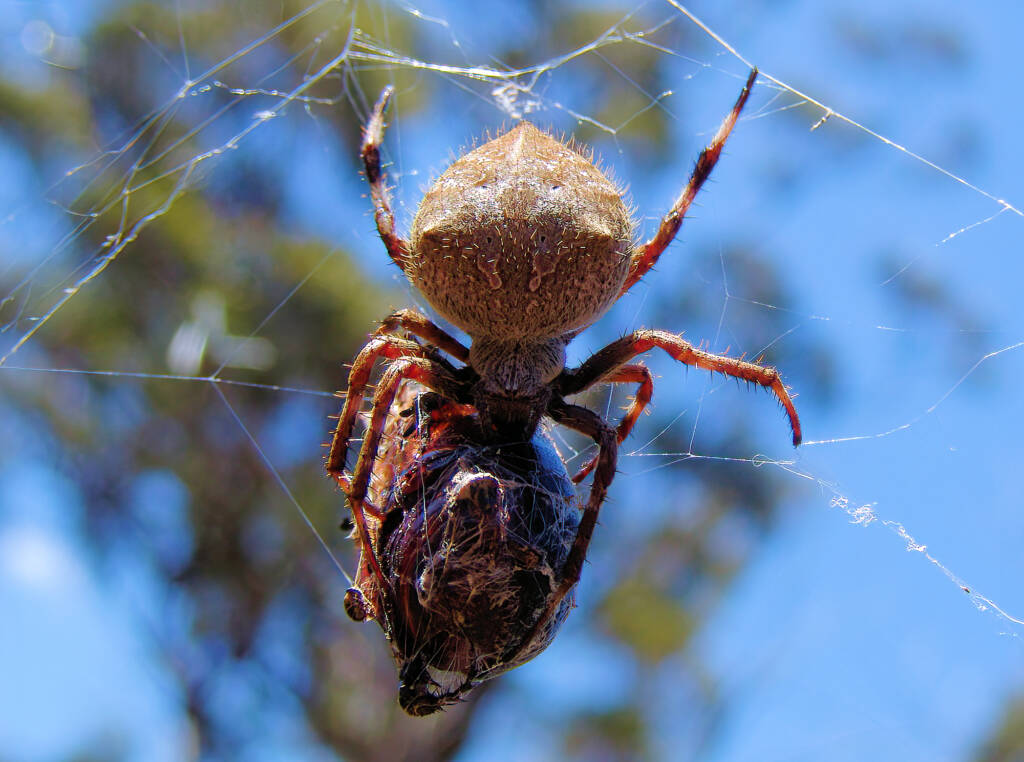
With over 3,000 species in over 177 genera, the family Araneidae is the third-largest family of spiders, with a worldwide distribution, and whose web includes a spiral of silk. With many of the species, their fine orb shaped web is usually surrounded by a maze of non-sticky barrier webs.
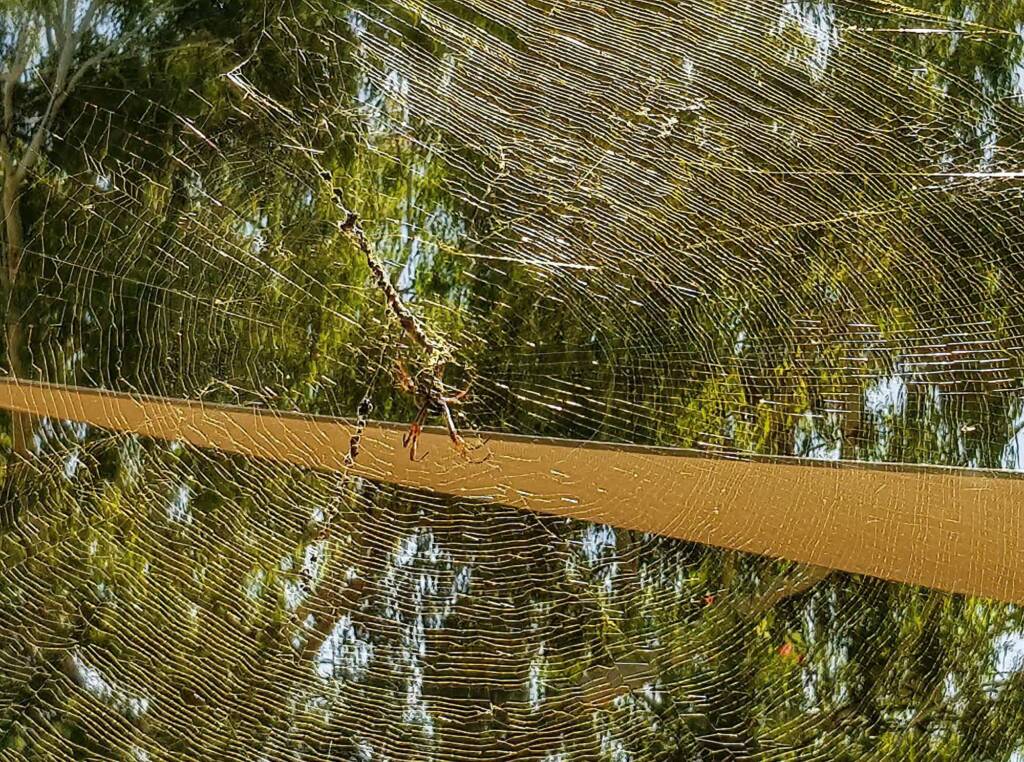
In species that build these orb webs, the spider is usually positioned in the centre of the web, facing down. In the case of the Australian Golden Orb-weavers (Trichonephila edulis), you can see the pantry (food) line extending above where the spider is sitting in the web.
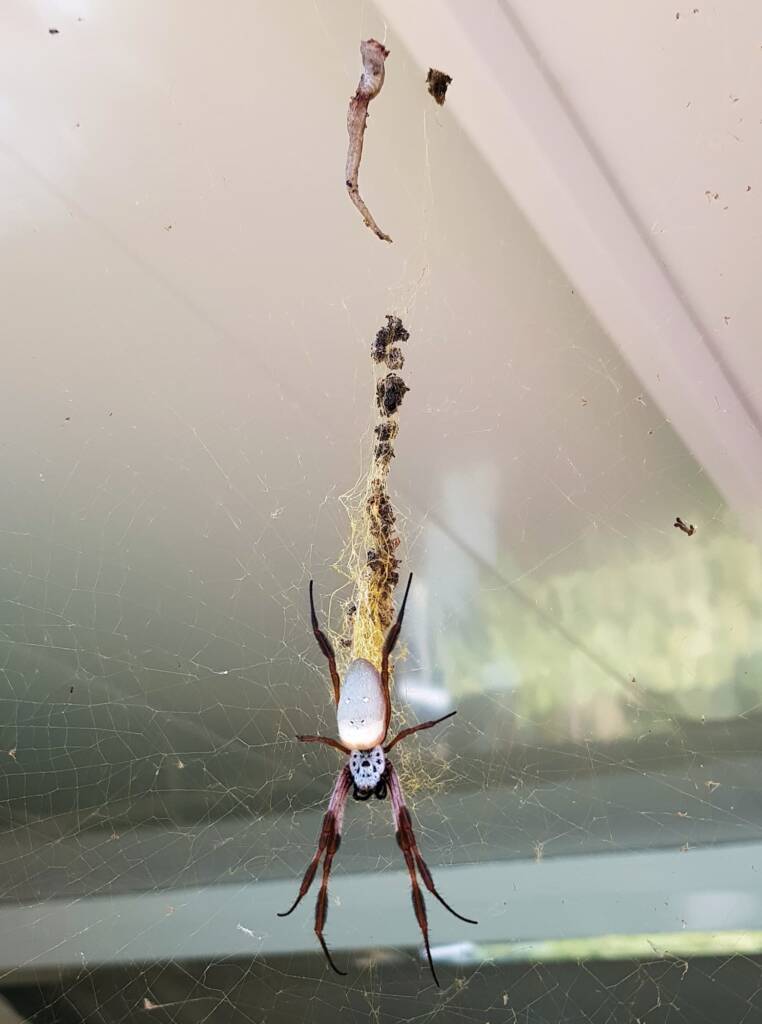
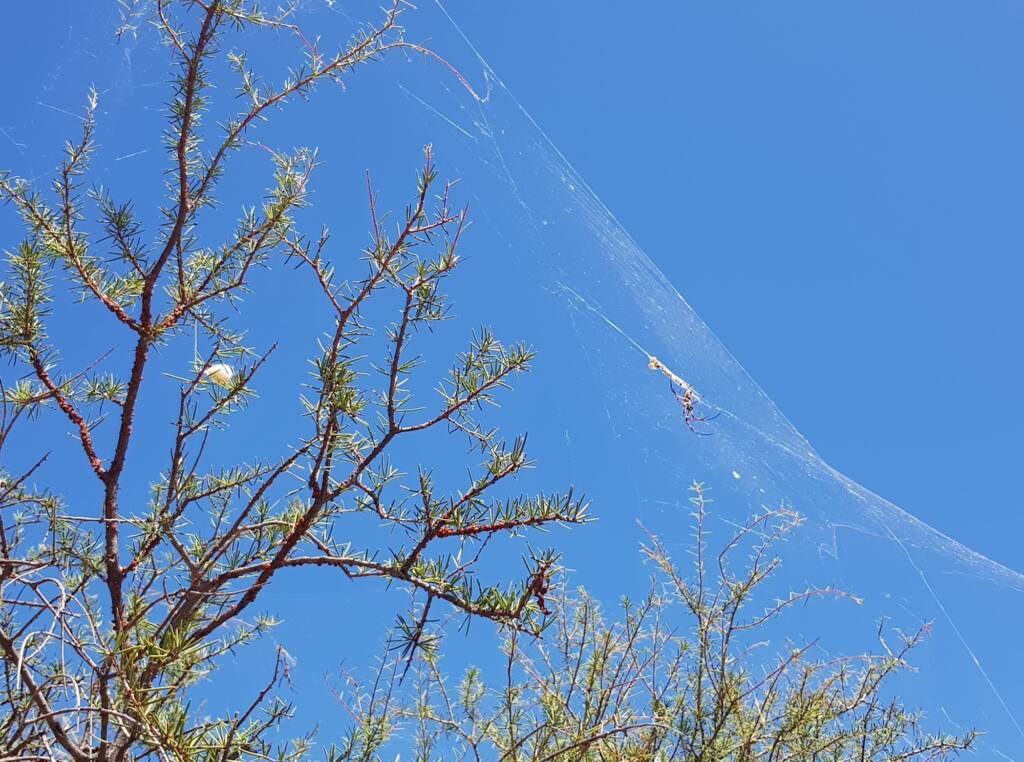
The so called “orb webs” are also made by members of other spider families. This includes the commonly named group of Long-jawed Orbweavers (formerly in the family Araneidae but now moved to the family Tetragnathidae).
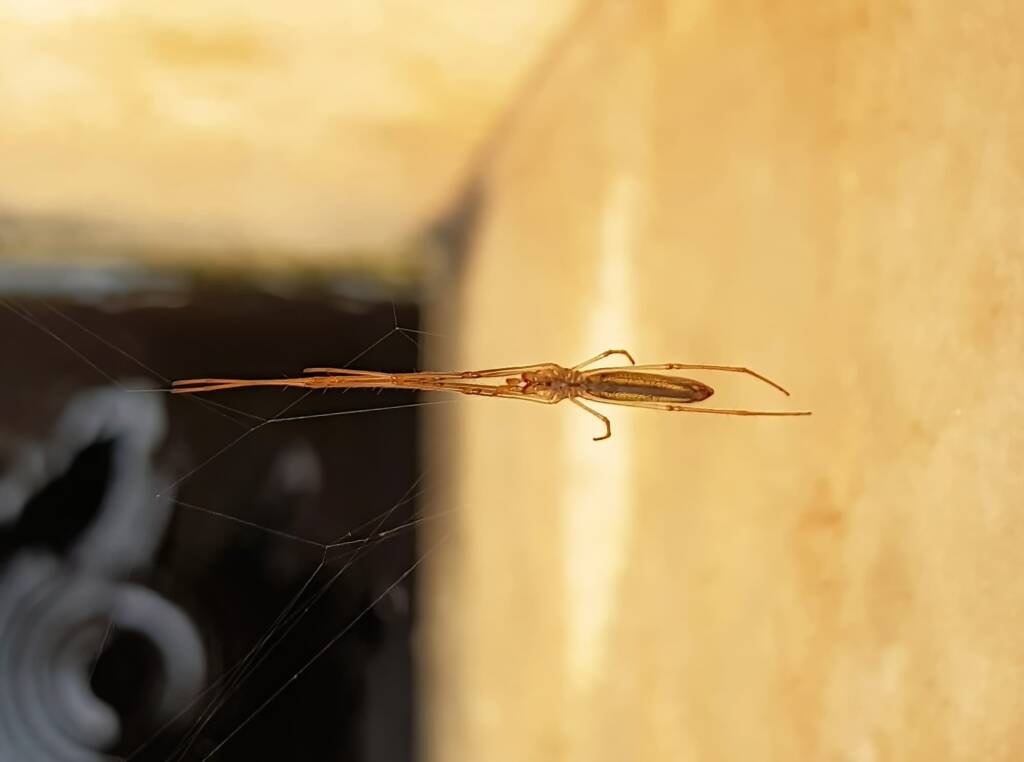
Another group that has been split from the Araneidae is the family Arkyidae. The Hackled Orb-weavers (family Uloboridae) who belong to a different group of spiders, have webs that appear similar in some ways, however they use a different kind of silk.
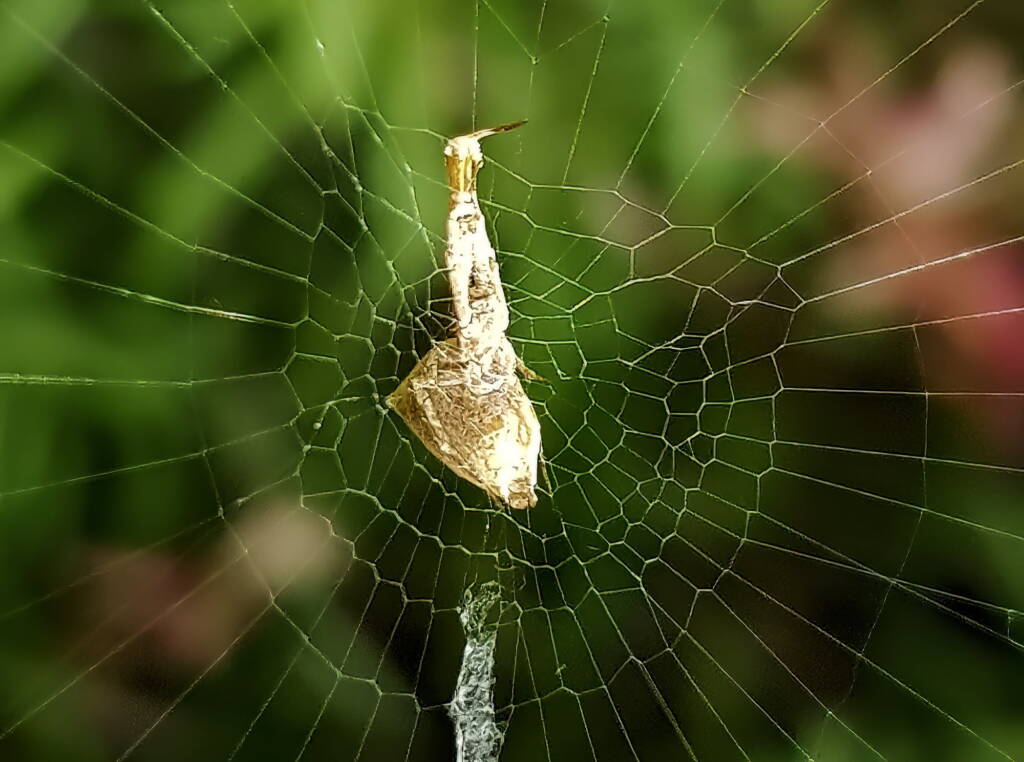
Many orb-weaver spiders build a new web each day. These orb-weaver spiders tend to be active during the night and hide during daylight. Others like the Australian Golden Orbweaver Spiders are usually positioned in the centre of the web, except when prey is caught in their web.
Some orb-weavers have what is the known as the stabilimentum, a crisscross band of silk through the centre of the web, as seen in the genus / species Argiope protensa.
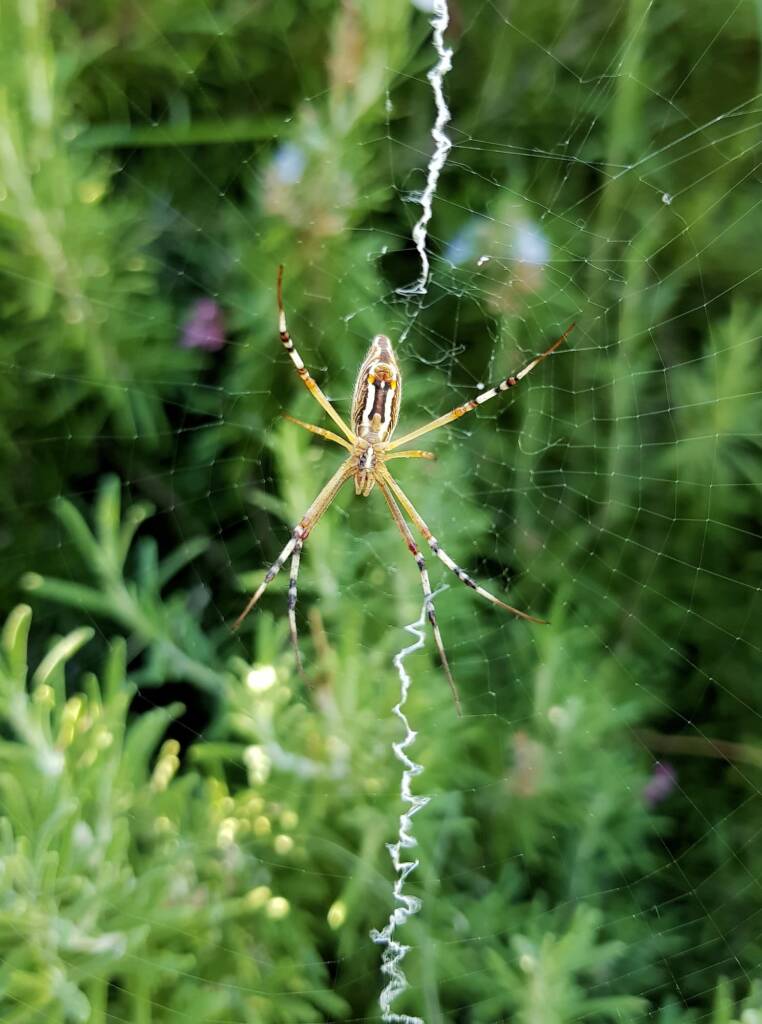
There are some orb-weavers that do not build webs, instead like the genus Ordgarius in Australia, they produce sticky globules, which contain a pheromone analog. The globule is hung from a silken thread dangled by the spider from its front legs. The pheromone analog attracts male moths of only a few species. These get stuck on the globule and are reeled in to be eaten.
Very simply, “pheromone analog” basically means “similar to”, meaning it’s an imitation pheromone.2
For example: male moths find females because the females produce pheromones, which are chemicals with a very specific “smell”. They can detect females from kilometres away. Pheromone analogs are molecules that aren’t necessarily identical to the pheromone they are mimicking, but smell the same. So the spiders produce these chemicals and the male moths mistake them for females and approach.3
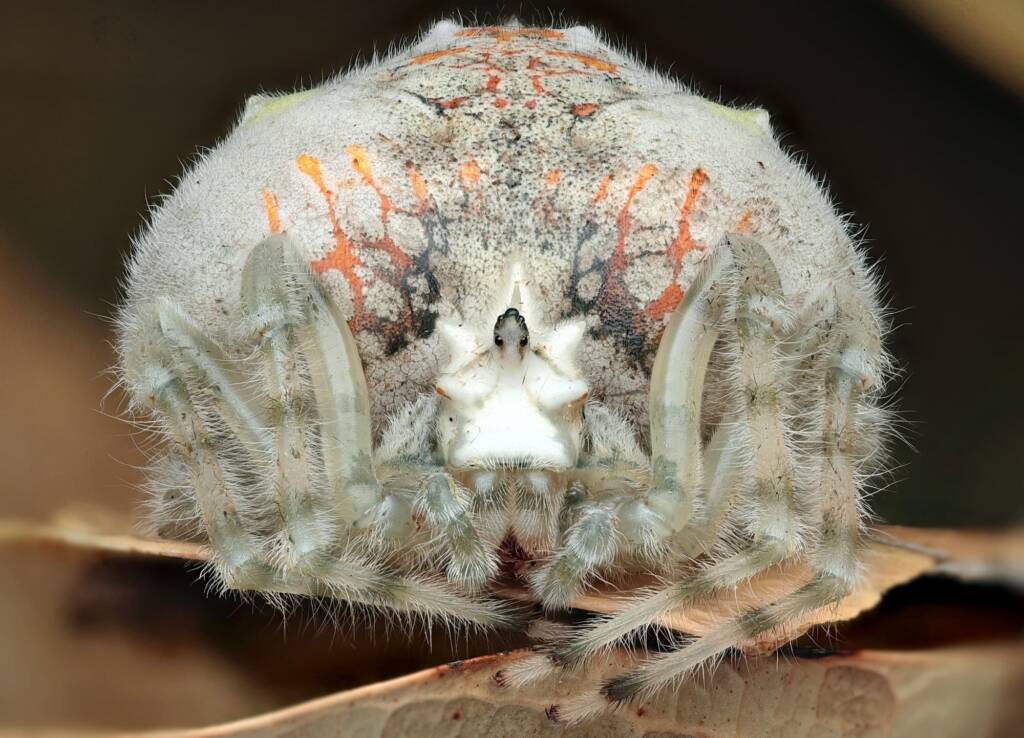
- Scientific classification
- Kingdom: Animalia
- Phylum: Arthropoda
- Subphylum: Chelicerata
- Class: Arachnida
- Order: Araneae
- Suborder: Araneomorphae
- Infraorder: Entelegynae
- Superfamily: Araneoidea
- Family: Araneidae
- Subfamily: Nephilinae
- Genus:
- Acroaspis Karsch, 1878
- Anepsion Strand, 1929
- Arachnura Thorell, 1869
- Araneus Clerck, 1757
- Argiope Audouin, 1826
- Artifex Kallal & Hormiga, 2018
- Austracantha Dahl, 1914
- Backobourkia Framenau, Dupérré, Blackledge & Vink, 2010
- Carepalxis L. Koch, 1872
- Celaenia Thorell, 1868
- Colaranea
- Collina Urquhart, 1891
- Cryptaranea
- Cyclosa Menge, 1866
- Cyrtarachne Thorell, 1868
- Cyrtobill Framenau & Scharff, 2009
- Cyrtophora Simon, 1864
- Deliochus Simon, 1894
- Demadiana Strand, 1929
- Dolophones Walckenaer, 1837
- Eriophora Simon, 1864
- Gasteracantha Sundevall, 1833
- Gea C.L. Koch, 1843
- Heurodes Keyserling, 1886
- Larinia Simon, 1874
- Lariniophora Framenau, 2011
- Micropoltys Kulczyński, 1911
- Neoscona Simon, 1864
- Novakiella Court & Forster, 1993
- Novaranea Court & Forster, 1988
- Ordgarius Keyserling, 1886
- Paraplectanoides Keyserling, 1886
- Phonognatha Simon, 1894
- Plebs Joseph & Framenau, 2012
- Poecilopachys Simon, 1895
- Poltys C.L. Koch, 1843
- Prasonica
- Telaprocera Harmer & Framenau, 2008
- Thelacantha Hasselt, 1882
- Verrucosa Petrunkevich, 1928
- Zealaranea
- Zygiella
Source: 42 species listed as of 23 April 2023, Atlas of Living Australia
Footnote & References
- Orb-weaver spider, Wikipedia, https://en.wikipedia.org/wiki/Orb-weaver_spider
- Many thanks to Vidar Tysvaer for explanation of the meaning of “pheromone analog”, member of Australian spider identification page, https://www.facebook.com/groups/377874290245655
- Many thanks to Dave Rowell for explanation of the meaning of “pheromone analog”, member of Australian spider identification page, https://www.facebook.com/groups/377874290245655
- Araneidae Simon, 1895, Atlas of Living Australia, https://bie.ala.org.au/species/https://biodiversity.org.au/afd/taxa/53a0f5c1-ebfc-4272-bb9e-37d5d09f89a0
- Orbweavers (Family Araneidae), iNaturalistAU, https://inaturalist.ala.org.au/taxa/47535-Araneidae
Araneidae — Orb WeaversArgiope protensa Australian Golden Orb Weaver Garden Orb Weaving Spider Ordgarius magnificus Speckled Orbweaver (Araneus circulissparsus)
SpidersIndex of Spider Images Spiders in Australia Araneidae — Orb Weavers Arkys Australian Huntsman Spider Barking Spider Black House Spider Carepalxis sp Celaenia sp Crab Spiders Deinopidae — Net-casting Spiders Dolomedes sp Dolophones sp Flower Spiders Hackled Orbweavers (Uloboridae) Jewel Spider Jumping Spider Long Jawed Spider (Tetragnatha sp) Lynx Spider (Oxyopes) Mangrovia albida Maratus volans Missulena occatoria (Red-headed Mouse Spider) Miturgidae Nicodamidae (Red and Black Spider) Ogre-faced Net-casting Spider Poltys sp (Twig Spider) Redback Spider Scorpion-tailed Spider (Arachnura higginsi) Thomisidae Tiger Spider (Trichonephila plumipes) White-spotted Swift Spider (Nyssus albopunctatus) Wolf Spider
